The Best Of Science Friday, 2018
From Usain Bolt and volcanoes to a kid scientist-to-be and caterpillars, the Science Friday staff share their favorite stories from 2018.
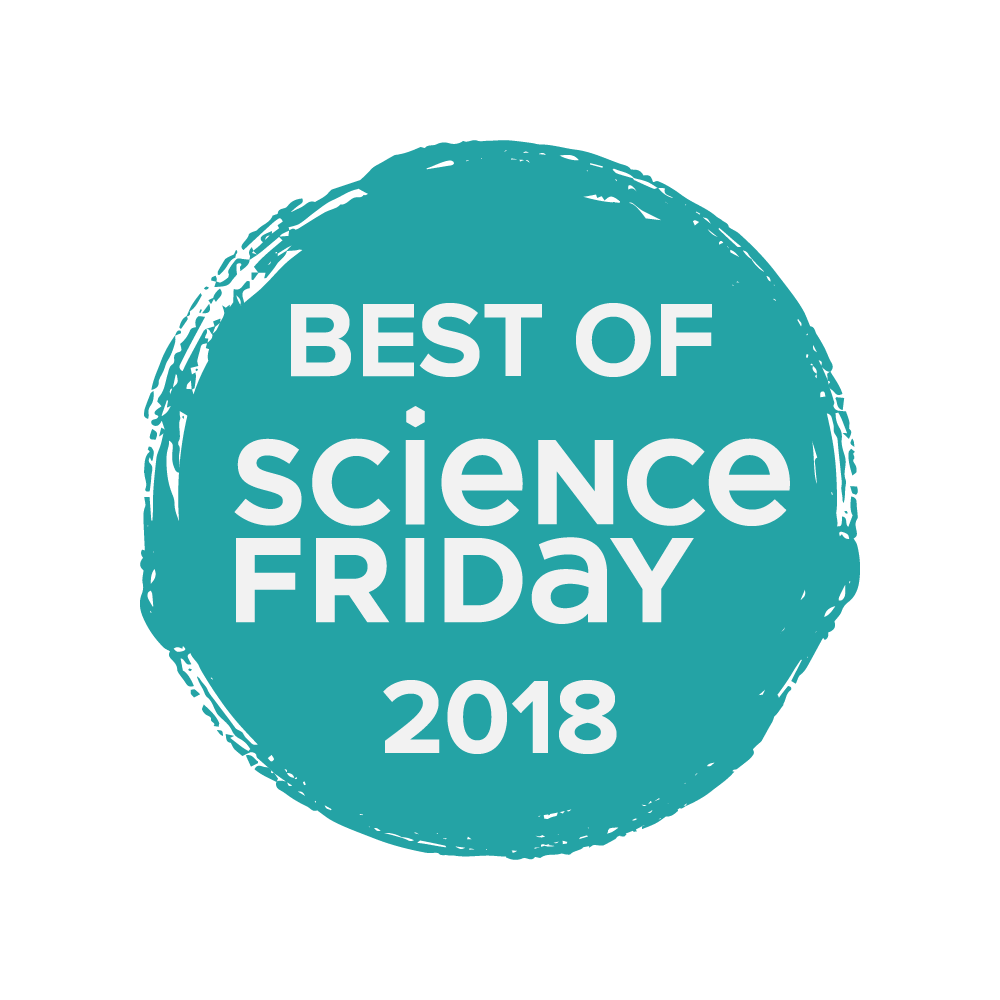 Although it seems like we just recounted our favorite stories from 2017 (and for that matter, 2016, 2015, and 2014) only a short time ago, another 52 Fridays have nearly come and gone. And what a year it’s been! We’ve brought you the latest and most interesting science news and connected you directly with scientists and the people at the forefront of research.
Although it seems like we just recounted our favorite stories from 2017 (and for that matter, 2016, 2015, and 2014) only a short time ago, another 52 Fridays have nearly come and gone. And what a year it’s been! We’ve brought you the latest and most interesting science news and connected you directly with scientists and the people at the forefront of research.
But now that the year is nearly done, it’s time for the Science Friday staff to gather ’round the fireplace—or, rather, the modern office equivalent of the fireplace, which is a Slack chat—and share the favorite thing from this year.
Invest in quality science journalism by making a donation to Science Friday.
SciFri Book Club: Frankenstein
Annie Minoff, producer and host of Undiscovered
I always look forward to the SciFri book club, but this year’s discussion of Mary Shelley’s Frankenstein might be the best yet. First, there’s the book itself—it’s SO much weirder and more twisted than any of the movie versions! But what really sold me on Frankenstein was the hilarious, thought-provoking discussion SciFri producer Christie Taylor put together with sci-fi writer Elizabeth Bear and bioethicist Josephine Johnston. One takeaway from Johnston: “Doing science alone, in secret, with limited knowledge is recipe for disaster!”
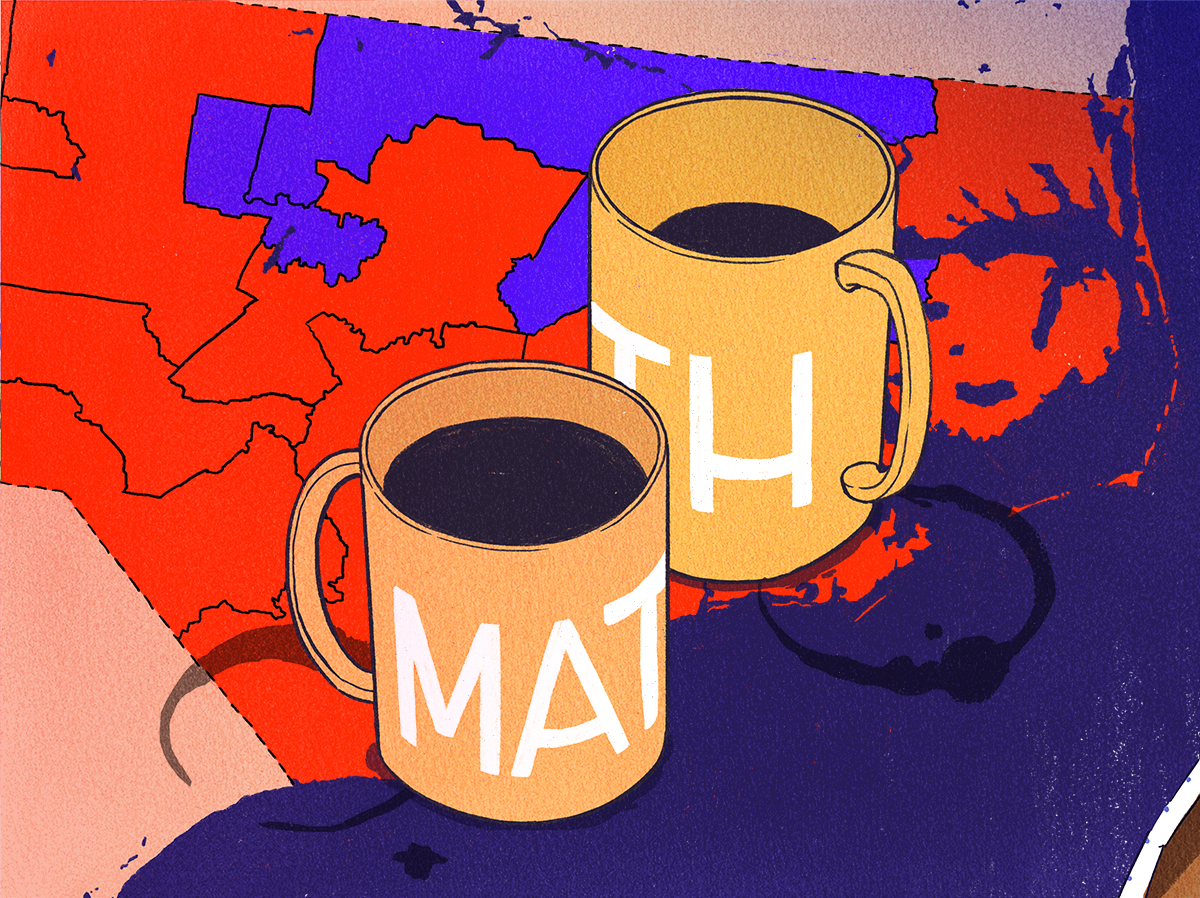
Undiscovered: Party Lines
Jen Fenwick, director of institutional giving
I love the episode of Undiscovered, “Party Lines” because it’s a fantastic story about a real life application of math to civics and society. Gerrymandering is a heavy, complicated topic, but this episode unpacks it in an entertaining, moving, and accessible way. Spoiler alert, we even identify a possible solution—using math! Can I add a string of swooning heart emoji here please? [Ed. note: It’s not really our style, but…❤️❤️❤️❤️❤️ ]
I’d like to invite every American, no, everyone, to listen to this episode if you’d like to better understand the practice of gerrymandering—and its implications for the health of democracy.
To Catch A Pigeon
Johanna Mayer, digital producer
This year, Christie Taylor converted me into a lover of pigeons. In her audio postcard, “To Catch A Pigeon,” she gives us a peek into their bird brains, as well as a look at the researcher who is studying how they’re evolving (and thriving!) in metropolitan areas. You’ll never shoo away a pigeon again.
The Science Issues Happening In Your Backyard
Lauren J. Young, digital producer
This year, I loved hearing all the local science stories in our radio series “State of Science,” from the sterile male mosquitoes in California to the offshore wind turbines in the Great Lakes. So I was thrilled when we brought on Sophie Bushwick, senior editor at Popular Science, to give us a tour of the most important science issues in every state, plus Washington D.C. and Puerto Rico. The segment seamlessly transported us across the country, as Sophie and Ira spoke to reporters at local stations. It was an eye-opening conversation that gave an intimate look at the stories happening in your neighborhoods—revealing just how much science transcends state lines and affects us all.
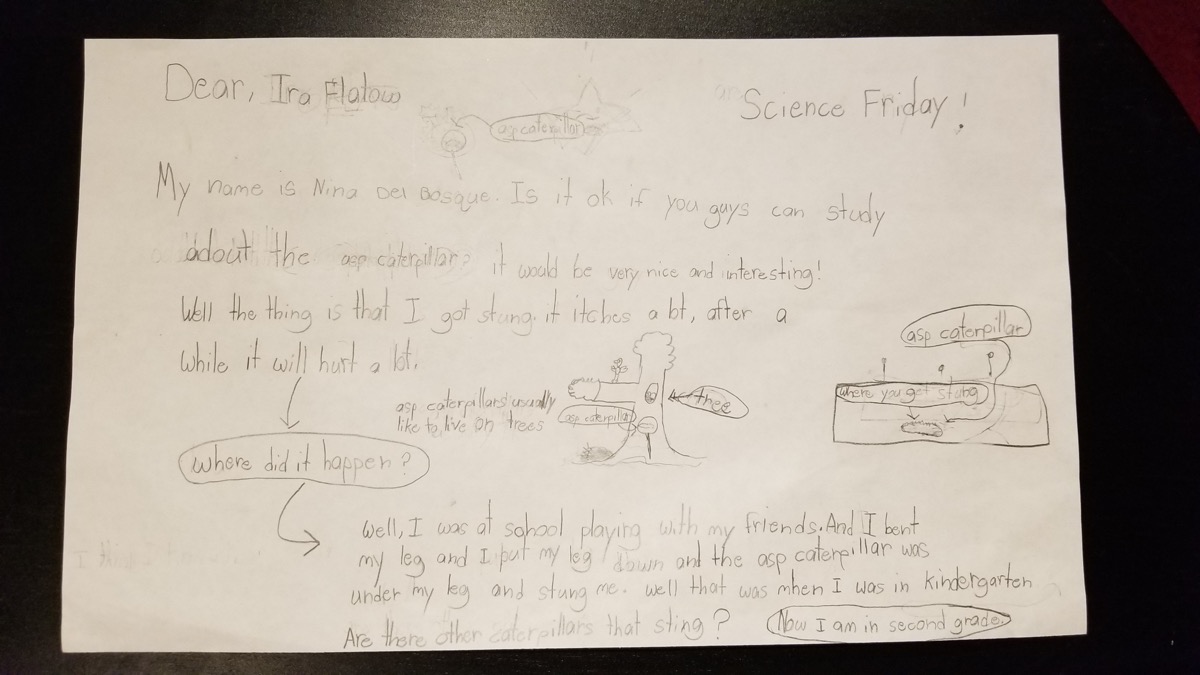
‘Dear Science Friday, Can You Study The Asp Caterpillar?’
Ira Flatow, host and executive producer
We rarely find a youngster so articulate of thought and courageous of mind as Nina, the 7-year-old who queried our expert scientist David Wagner. Nina carefully recounted her painful encounter with a caterpillar in a handwritten letter, and instead of recoiling from the event, the young citizen scientist wanted to learn more. We invited her on the show to ask Wagner about the caterpillar, and before an audience of millions showed no fear in satisfying her curiosity. In fact, her public display of curiosity led to another youngster calling in. It’s such a pleasure to see kids we know are listening—but perhaps afraid to call—deciding to dive in.
Science Diction
Ariel Zych, education director
When I remember 2018, what stands out for me was the sense of surprise and delight that I got from opening my inbox every time I got a new edition of Science Diction. I’m really not a word nerd, a history buff, or anything of that sort. I am, however, seduced by mysteries, which were what roped me into each of Johanna Mayer’s pieces this year. The format is a nice change of pace, too—Science Diction arrives via email newsletter. My inbox is a dark place loaded with responsibilities and cluttered with spam, so the reported short narratives about how words like ‘meme’ and ‘zero’ came about were just so refreshing
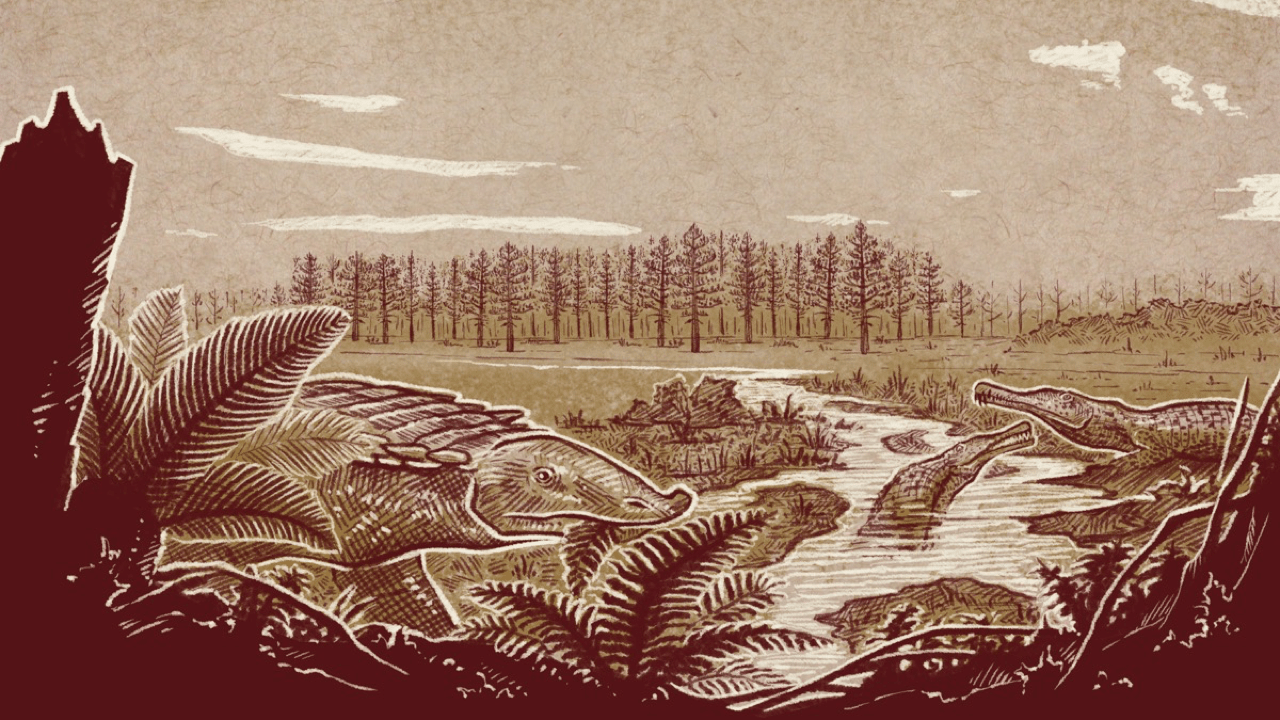
The Mass Extinction Detectives
Luke Groskin, video producer
For the debut article of our new project Methods, From Science Friday, reporters Katie Hiler and Lauren Young defty weave a rich, multimedia tale of mass extinction, linking the death of Triassic reptiles back to the ramifications of climate change today. From their journeys to field sites in Utah to their expansive discussions of extinction timelines, both reporters imbue their storytelling with infectiously earnest curiosity. I can’t wait to see where their explorations take them next!
Cephalopod Camouflage: A Beauty That’s Skin Deep
Christopher Intagliata, senior producer
I loved this educational resource by Hawaii-based educator Randy Otaka, which was made as part of the Science Friday Educator Collaborative [Ed. note: Teachers, you can still sign up for next year’s cohort!]. It introduces learners to the amazing color-changing superpowers of cephalopods, and includes instructions on how to model that with cocktail umbrellas, of all things! It’s an incredibly creative way to understand one of the natural world’s most alluring phenomena.

New Visions Of Ancient Creatures
Brian Soash, educator community leader
I think art plays a pivotal role in the STEM fields and they’re intrinsically linked, so I’m all about Luke Groskin’s video about paleoart. As a kid, I was obsessed with dinosaurs and the seemingly endless variety of them. Gabriel Ugueto and other paleoartists are an incredibly talented group of people, and I think this video gives us a peek into something that we may have never thought of before—like how the fossil in the ground becomes the amazing creatures we see on a movie screen.
‘Please Call Me Back. It’s About Frankenstein.’
Daniel Peterschmidt, digital producer
When the Science Friday Book Club read Frankenstein earlier this year, we had a lot of enthusiastic people call in to our voicemail to share their thoughts. One caller had a different angle: He was looking for help on his English homework. Tony G. and his 10th grade English class were assigned to read Frankenstein for a classroom project, and would call in every day with increasingly desperate pleas: “This is day four, and you guys haven’t called. I might go to another radio station.” A few days later, “I believe this is day seven or eight. I lost track. Please call me back.” Needless to say, he became a hero to the SciFri staff.
Don’t worry, Book Club producer Christie Taylor eventually did call him back. She invited Tony and his English teacher on the show, where they had chatted with Ira about how their project went and why Frankenstein is still relevant to our world today. He ended his last voicemail with his signature calling card: “This is Tony G., signing off.” Godspeed, Tony.
Venomous Or Poisonous: Can You Spot The Difference?
Christie Taylor, associate producer
This segment on the debate over the bearded fireworms was such a delight to listen to. Ira and venom researcher Dr.Mandë Holford are clearly having a lot of fun with a question that you might never stop to think about most of the time—like what is the difference between venom and poison? The quiz is just the icing on the cake. Play along and see if you can guess! I learned more in 15 minutes than I sometimes do in an hour, and I couldn’t stop laughing.
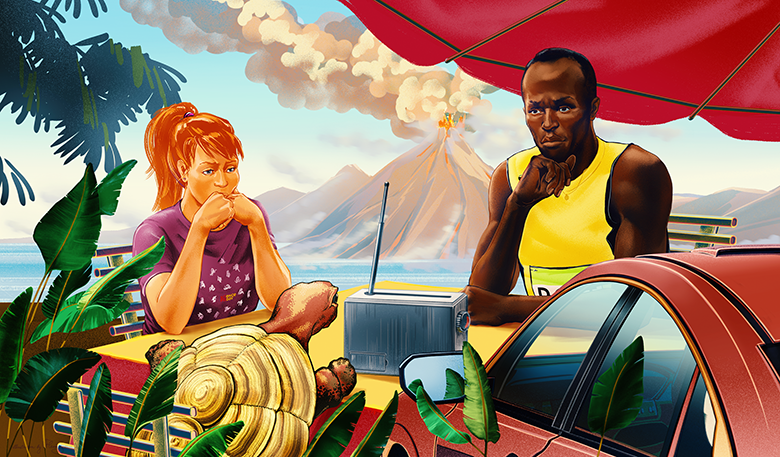
Explosion Math
Brandon Echter, digital managing editor
The education team is always finding, fun ways for kids to learn science, so it’s no surprise that this year I was delighted by Brian Soash’s educational resource connecting explosions and math—tween Brandon’s favorite and least favorite subjects, respectively. Not only did I learn a lot about volcanoes, math, and humans in general, but I loved the art by W. Flemming. I never knew I wanted to see Usain Bolt, fastest man alive, contemplating a volcano with a turtle before.
Got Your Cat Tongue?
Elah Feder, producer and host of Undiscovered
I love cats, but you don’t have to love cats to love Luke Groskin’s video on cat tongues. In fact, cat lovers might find the many severed tongues distressing, but rest assured, they were all collected from deceased animals. Come for the cute cats and mesmerizing close-ups, stay for the saliva delivery systems!
What We Know—And Don’t Know—About Human Heredity
Annie Nero, individual giving manager
I enjoyed Ira’s interview with Carl Zimmer, talking about his book on heredity, She Has Her Mother’s Laugh. Fascinating to learn that by using mathematical analysis you can prove that if there was someone alive thousands of years ago who has a living descendent, they must be the ancestor of all living people today!

From Skyscrapers to Sand Thieves—Digging Into The World Of Sand
Katie Hiler, assistant producer
My favorite Science Friday story this year was this interview with science journalist Vincent Beiser covering the weird and wonderful world of sand, produced by Alexa Lim. It has an amazingly rich history as a cultural and natural resource—even inspiring thievery! As an avid beach-goer, I’m never going to look at the stuff the same way again.
The Flu Near You Challenge
Danielle Dana, executive director
It’s likely no surprise that I can’t pick a favorite piece from 2018—it was a great year. But if I must, and Brandon says I must, I would say that our influenza tracking project with Flu Near You. We asked people around the country to sign up and help us track the flu over the course of a flu season [Ed. note: Sign up here!]. It’s a great example of how Science Friday and our education team is engaging our audience (and the country) in citizen science. Projects like this make scientists out of all of us, and allow us to learn collectively through group conversations and research that’s been supplemented by our own data.
What was your favorite? Let us know in the comments below!
Brandon Echter was Science Friday’s digital managing editor. He loves space, sloths, and cephalopods, and his aesthetic is “cultivated schlub.”